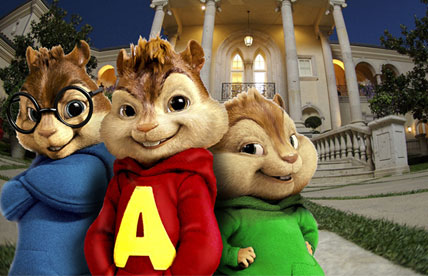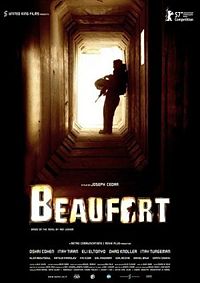Remembering Jules Dassin
Posted on April 3, 2008 at 8:00 am
Writer/director Jules Dassin died this week at age 96. He is perhaps most fondly remembered as a key figure in establishing the genres of film noir (Naked City) and the heist film (Topkapi
and “Rififi”) and for the marvelous Never on Sunday
, starring his wife, Melina Mercouri, as an earthy prostitute who is “educated” about ancient Greece by an American scholar (Dassin himself).
The movie I most want to remember today is one that Dassin wrote and directed early in his career, one of the most profoundly spiritual films I have ever seen. It is called “He Who Must Die,” and it is the story of a group of Greek villagers who put on a passion play each year. The powerful citizens of the town decide who will play each part. Almost contemptuously, they select a stuttering shepherd to play Jesus and the town prostitute to play Mary Magdalene. But when a real-life conflict comes to the town, the members of the passion play cast begin to take on the attributes of the New Testament figures they are portraying. Unfortunately, the film is not available on video or DVD, but I strongly recommend making every effort to try to see it.



 “We were working at a one in five ratio. That’s the normal scale for stop-motion animation. The set was truly enormous. The forest had 1700 trees, each 6 feet high. The set was 80 feet long; it was like going into Wonderland. We also did all the close-ups at 1 in 3 . The grandfather puppet was 3 1/2 feet high. With that size, you get so much more detail. The grandfather’s hands were incredibly detailed which gave it a real different quality and makes it much more real.
“We were working at a one in five ratio. That’s the normal scale for stop-motion animation. The set was truly enormous. The forest had 1700 trees, each 6 feet high. The set was 80 feet long; it was like going into Wonderland. We also did all the close-ups at 1 in 3 . The grandfather puppet was 3 1/2 feet high. With that size, you get so much more detail. The grandfather’s hands were incredibly detailed which gave it a real different quality and makes it much more real. The struggle I had with prayer, this person with half my IQ seemed so natural. I was filled with curiousity and envy. This was in the fall. His bar mitzvah was in May. I needed to get started quickly.
The struggle I had with prayer, this person with half my IQ seemed so natural. I was filled with curiousity and envy. This was in the fall. His bar mitzvah was in May. I needed to get started quickly.